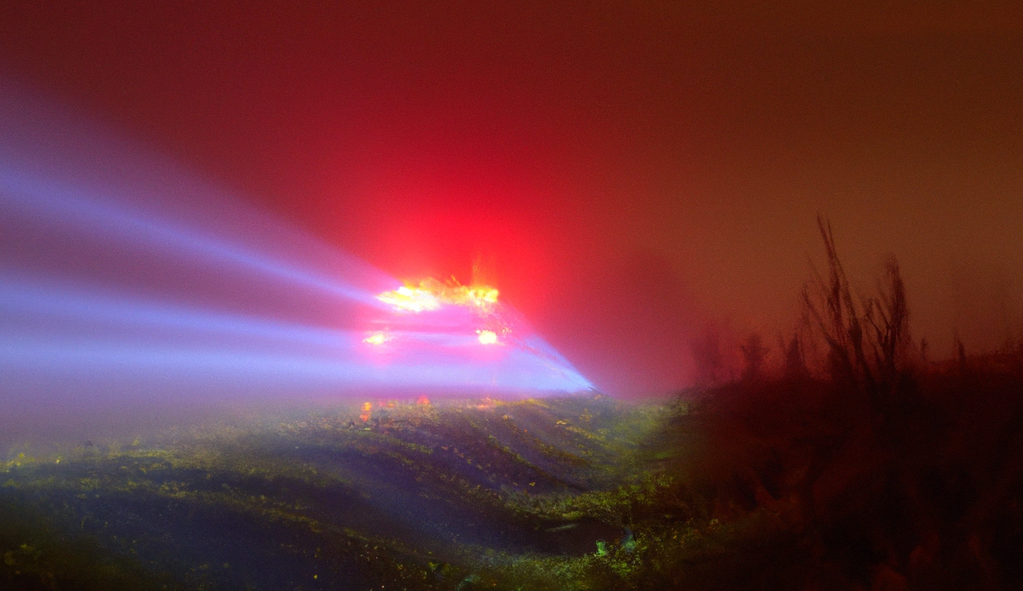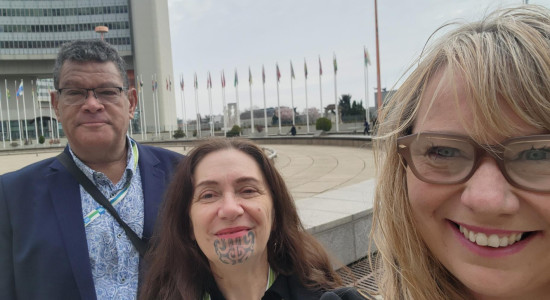Report: Fatal overdoses in Aotearoa 2017-2021

This report examines fatal overdoses between 2017 and 2021 based on NZ Drug Foundation analysis of coronial data (1). We know drug harm and fatalities far exceed the number presented in this report, including suicides, communicable and chronic health conditions.
Overdoses have been neglected in public policy in Aoteaora New Zealand, as have the physical health impacts of drug use. Every year, New Zealanders’ lives are lost to drug overdoses. Every one of these people’s lives deserved to be saved.
We look across the world and see alarming year-on-year increases in overdose fatalities, particularly attributed to potent opioids such as fentanyl.
We hope this report goes some way to encouraging New Zealand to put in place measures that will reduce overdose fatalities and to get better prepared for an opioid crisis while we can.
Overdose deaths in New Zealand have risen over the last five years
Across the five-year period from 2017 – 2021, cases rose by 54% (2), whereas the population increased by only 6% (3).
Notably, there was an increase in overdose deaths in 2017/2018. The synthetic cannabinoid overdose crisis peaked in these years, and significantly contributed to these numbers.
Concerningly, the cumulative number of overdose deaths has risen steadily over the last 5 years. This is primarily a result of increasing numbers of deaths from opioids, alcohol, and benzodiazepines; combined with smaller but noticeable increases in deaths involving stimulants and other drugs.
Overdose deaths are rising across a number of substances
The coroner data identified 702 overdose death cases between 2017 and 2021. In most cases multiple substances were identified in the toxicology report, thus it is not possible to definitively identify which substance or combination was responsible for death.
Māori are most likely to die from a drug overdose
Māori are disproportionately affected by drug harm and fatal drug overdose in New Zealand. While making up approximately only 15% of the population (3), Māori made up 27% of the total closed overdose cases between 2017-2021 and 25% of all cases (closed and open).
Based on the population rates, Māori were approximately three times more likely to die of an overdose (0.03% of population) compared to Pākehā/European (0.01% of population).
Māori were overrepresented in synthetic cannabinoid overdoses, making up 67% of cases. Pākehā/European made up on 16% of synthetic cannabinoid deaths, and Pacific Peoples made up 17%.
Alcohol-related overdose deaths have increased considerably
Alcohol was attributed to 129 cases (closed and open) between 2017 to 2021 (4), with a sharp increase in 2020 and 2021. Further, alcohol was listed on the toxicology report of 47% of closed overdose cases in the past five years (199 of 419 cases). There are likely more open cases in which alcohol use contributed to a person’s death.
Poly-substance use contributes to fatal overdoses
In the majority of closed overdose cases, people had a number of drugs in their system when they died; this includes illicit drugs, alcohol and medicines (OTC and prescription).
- Over the last 5 years, a massive 42% of closed cases listed 5 or more substances on the toxicology report. 91% of cases listed 2 or more substances.
- Only 9% of closed cases listed just one substance on the toxicology report
This data shows a clear relationship between the number of substances in a person’s system and the likelihood of dying of an overdose. This is especially concerning due to the prolific nature of ‘mixing’ substances, and the large number of vulnerable people who engage in poly-substance use.
Using more than one depressant was the deadliest combination
As seen above, poly-substance use was implicated in most closed cases over the last 5 years. Substances were then classified into ‘depressants’, ‘stimulants’ and ‘hallucinogens’.
- Combining more than one depressant was the combination most commonly featured in overdoses, listed in 281 closed cases.
- At least 1 depressant was present in 93% of closed cases.
Medications are implicated in many overdose deaths
Medicines available in New Zealand (prescription (5) and OTC) feature heavily in overdose deaths. From 2017-2021, at least one medicine was listed on the toxicology report in 321 of 419 (77%) closed cases.
- Sedative medicines (excluding opioids) were most heavily implicated in overdoses, featuring 302 times in closed cases
- Prescription opioids were the second most implicated, featuring 284 times in closed cases (6)
- Antidepressants and antianxiety medicines were the third most implicated, featuring 201 times in closed cases.
Of the closed overdose cases recorded from 2017-2021, diazepam was listed in nearly one quarter (97 cases) of cases. Zopiclone appeared in nearly one in five cases (72 cases).
Recommendations
The data in this report clearly outlines concerning trends in drug overdoses in New Zealand. With the changing post-COVID drug landscape, we anticipate that these issues will persist and likely increase, particularly in vulnerable populations.
Based on this report, the NZ Drug Foundation makes the following recommendations:
- Pilot an Overdose Prevention Centre: We have proposed a pilot for an overdose prevention centre in Auckland Central. Overdose Prevention Centers allow drugs to be used onsite and for healthcare professionals to prevent and/or respond in the case of an overdose. The international evidence is clear that these services prevent overdose deaths, particularly in vulnerable populations in an area where drug harm is more prevalent.
- Increase access to naloxone: Opioids feature heavily in this overdose data, however access to the opioid overdose reversal drug, naloxone, remains limited in New Zealand. Allowing more organisations to distribute funded naloxone ampoules, as well as providing funding to freely distribute the easy-to-use naloxone nasal spray Nyxoid, will allow family members, peers, and lay people in the community to respond to opioid overdoses. Robust evidence from overseas has outlined the importance of naloxone in curbing opioid overdose deaths.
- Provide overdose training in communities: Training should be provided to people who use drugs, their family and friends, and people who work in the community on how to identify and respond to an overdose. We have been piloting such training with the Nelson and Palmerston North needle exchanges.
- Implement the Law Commission’s 2011 review of the Misuse of Drugs Act and repeal and replace the Misuse of Drugs Act
- Strengthen existing overdose and harm prevention measures by increasing funding for drug checking and the ‘High Alert’ early warning system
- Implement the findings of the Law Commission’s 2010 review of the Sale and Supply of Liquor Act
- Increase public health messaging: Public health messaging is imperative in communicating harm reduction information to people who use drugs. This report outlined a particular need to share information on poly-substance use and the use of medications alongside other drugs. There is a need for resourcing to get messages out to communities at increased risk, such as people experiencing addiction and mental health conditions, people who inject drugs, people experiencing homelessness, Māori, and young people.
- Training for health professionals: The implication of prescribed medications in overdose deaths is concerning. This highlights a need for health professionals, particularly GPs and prescribers to have increased training and support on having conversations about substance use with patients and increased guidance on contraindications between medicines and illicit substances.
Footnotes
- Information for this report has been sourced from the coroner and excludes suicides. The data includes individuals where ‘overdose’ has been determined to be the cause of death. The data includes both open and closed cases. Open cases are those where a finding has not been finalised.
- Cases refer to an individual overdose death.
- The population referred to is New Zealanders aged 13 and over.
- Where there were multiple substances present, cases were assigned in the following order: opioid drugs, synthetic cannabinoids, benzodiazepine, alcohol, stimulants, other. This data relates to cases categorized into ‘alcohol’. Cases where alcohol appeared in the presence of opioids and/or benzodiazepines, and/or synthetic cannabinoids are excluded.
- Toxicology reports do not confirm whether prescription medicines were prescribed to the individual that died or used according to prescription.
- Morphine has been categorized as a prescription medicine; however, non-prescribed opioids metabolize into morphine and therefore we cannot confirm whether all mentions of morphine in toxicology reports were attributable to morphine itself.
About the data used in this report - its collection and its limitations.
All efforts have been made to represent the data provided by the coroner as accurately as possible. A list of limitations is included below.
- Where there were multiple substances present, cases were assigned in the following order: opioid drugs, synthetic cannabinoids, benzodiazepine, alcohol, stimulants, other. This is based on the likelihood of substances causing fatal overdose; however, should be considered when reviewing the data.
- Some of this data includes open cases where the finding has not yet been finalised. The inclusion of open cases may therefore include an overcount or an undercount.
- Data has been captured via free text; thus, data may be missing due to spelling errors, even where attempts were made to search for common misspellings.
- The data does not outline circumstances of death, which limits the conclusions that can be made. Further, where multiple substances are listed, we cannot identify which substance(s) were most likely to have resulted in death. Deaths recorded as ‘intentional’ are excluded from this dataset.
- Not all drugs and medicines can be effectively detected in toxicology, including some new psychoactive substances (NPS). Further, the metabolites of some drugs can cause the data to be unclear (ie. heroin metabolised to morphine). We accept that some substances are not represented or are underrepresented in the data.
- This report focuses on coroner data from the most recent five year period (2017-2021) in part because toxicology reporting in this period is relatively consistent and is therefore unlikely to account for changes in the numbers of deaths reported year to year. However, rising overdose fatalities are not a new issue. For added context, the below graph shows fatal overdose data from the coroner spanning from 2013-2017.
Recent news

Reflections from the 2024 UN Commission on Narcotic Drugs
Executive Director Sarah Helm reflects on this year's global drug conference
What can we learn from Australia’s free naloxone scheme?
As harm reduction advocates in Aotearoa push for better naloxone access, we look for lessons across the ditch.

A new approach to reporting on drug data
We've launched a new tool to help you find the latest drug data and changed how we report throughout the year.

